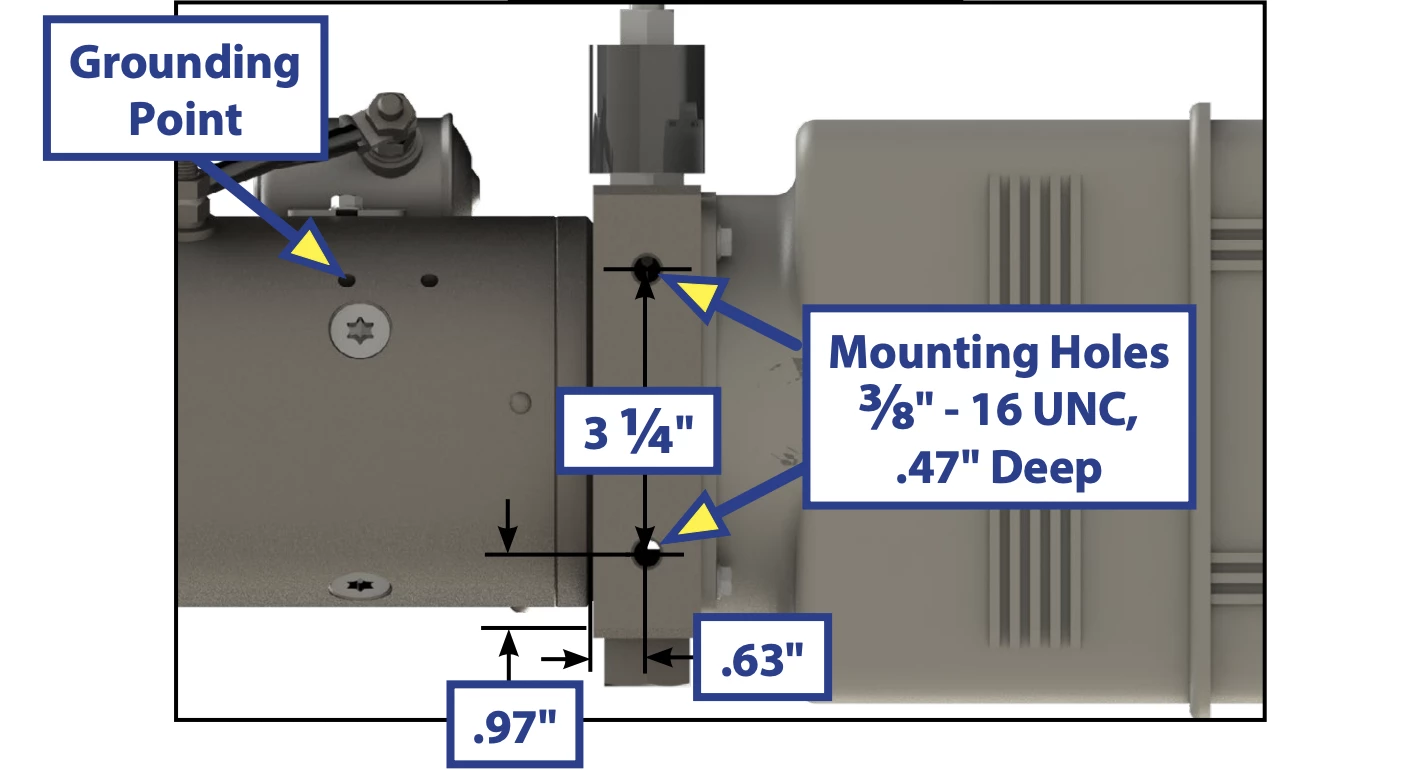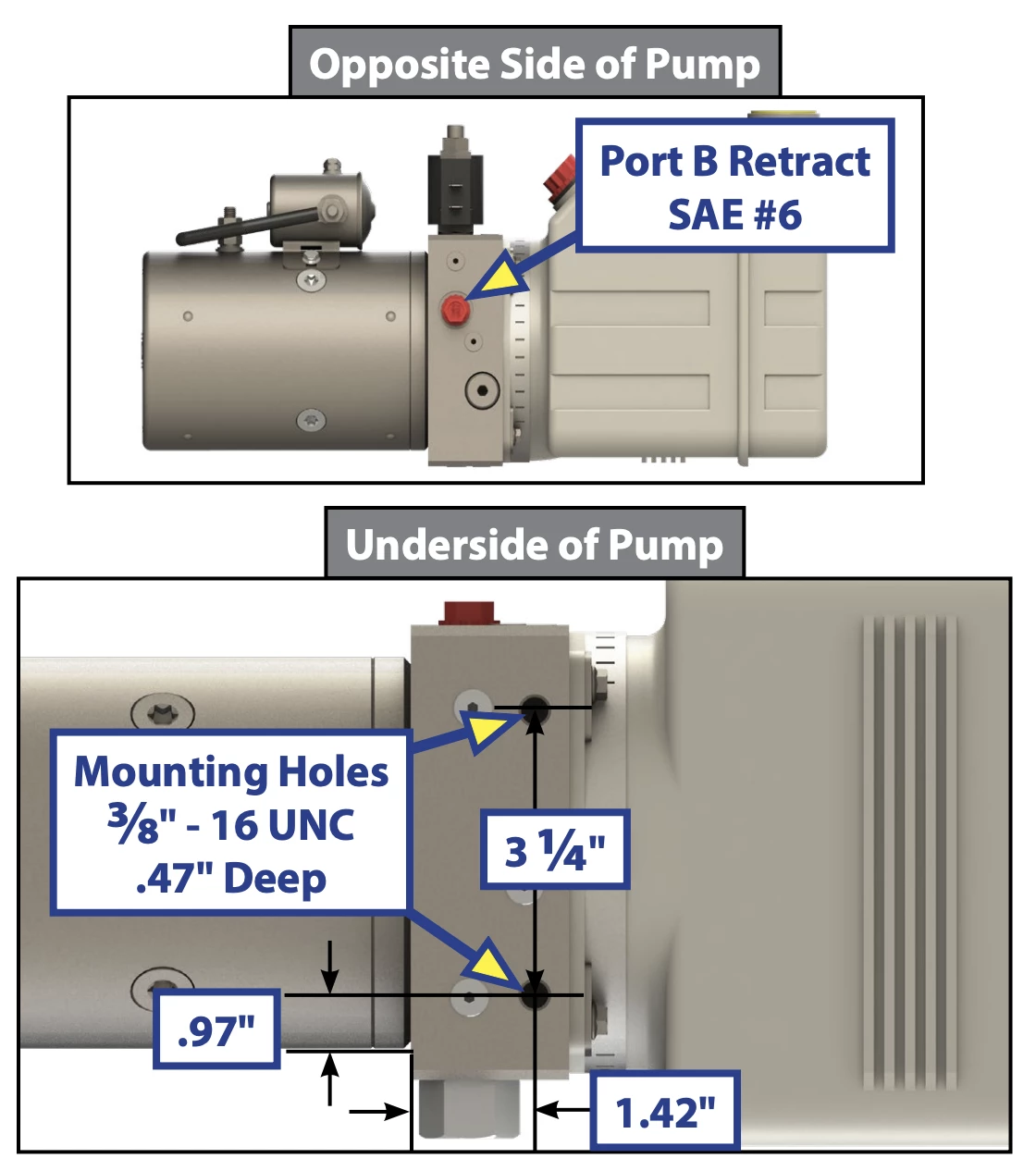The Basics of 2-Stage Hydraulic Pump Adjustment: Techniques for Optimal Performance
A two-stage hydraulic pump is a crucial component in hydraulic systems, particularly in heavy-duty industrial applications. It consists of two separate pump chambers, each with a different displacement volume, which work together to provide a constant flow of hydraulic fluid. Proper adjustment of the pump is essential to ensure optimal performance and efficiency of the hydraulic system.
In this article, we will provide an overview of the 2-stage hydraulic pump and its components, as well as the importance of proper adjustment for optimal performance. We will also discuss the different adjustment techniques for pressure and flow rate, factors affecting adjustment accuracy and precision, troubleshooting and maintenance, and safety considerations during the adjustment process. By the end of this article, you will have a better understanding of 2-stage hydraulic pump adjustment and its role in maintaining optimal hydraulic system performance.

Understanding 2-Stage Hydraulic Pump Adjustment
A two-stage hydraulic pump is an important component of a hydraulic system, and its optimal performance is crucial for the efficient operation of the entire system. Adjustment of the pump is necessary to ensure proper pressure and flow rate, which are critical for system performance. Understanding the control mechanism of the two-stage hydraulic pump is important for proper adjustment.
The two-stage hydraulic pump consists of two cylinders, a low-pressure cylinder and a high-pressure cylinder, each with a separate piston. The low-pressure piston is connected to the high-pressure piston through a mechanical linkage. When the low-pressure cylinder is pressurized, it causes the high-pressure piston to move, increasing the pressure in the high-pressure cylinder.
The control mechanism for the two-stage hydraulic pump can be either manual or automatic. In a manual system, the pressure and flow rate are adjusted by turning a control knob or adjusting a screw. In an automatic system, the pressure and flow rate are adjusted through an electronic controller that monitors the system and makes adjustments as needed.
Different techniques are used to adjust the pressure and flow rate of the two-stage hydraulic pump. The pressure adjustment technique can be either a relief valve adjustment or a pressure compensator adjustment. The flow rate adjustment technique can be either a flow control valve adjustment or a displacement control adjustment.
Factors that affect the accuracy and precision of adjustment include the size of the hydraulic pump, the type of hydraulic fluid used, and the operating temperature range. These factors must be taken into account to ensure optimal adjustment and system performance.
Techniques for Optimal Performance
Proper adjustment of a two-stage hydraulic pump is crucial for achieving optimal performance. The following are some techniques for achieving the best results:
Guidelines for selecting the appropriate adjustment technique
The first step in achieving optimal performance is to select the appropriate adjustment technique for the specific hydraulic pump. There are several factors to consider when choosing a technique, such as the type of pump, the required pressure and flow rate, and the accuracy and precision required.
Procedures for adjusting the pump for pressure and flow rate
Once the appropriate adjustment technique has been selected, the next step is to adjust the pump for pressure and flow rate. This can be done manually or with the help of specialized equipment. It is important to follow the manufacturer's guidelines and specifications for adjusting the pump to avoid damaging the pump or other components of the hydraulic system.
Monitoring and testing the system to ensure optimal performance
After adjusting the pump for pressure and flow rate, it is important to monitor and test the system to ensure that it is operating at optimal performance. This can be done by checking the pressure and flow rate, as well as observing the system for any unusual sounds or behaviors. If any issues are detected, adjustments should be made as necessary to maintain optimal performance.
Overall, proper adjustment of a two-stage hydraulic pump requires careful consideration of various factors and following the appropriate procedures to ensure optimal performance.
Troubleshooting and Maintenance
Even with proper adjustment and maintenance, issues with 2-stage hydraulic pumps can still occur. It's important to be able to identify and address these issues promptly to prevent further damage to the system. Here are some common issues that can arise with 2-stage hydraulic pumps and how to troubleshoot them:
-
Loss of pressure: If you notice a significant drop in system pressure, the first step is to check the pump's pressure relief valve. It's possible that the valve is set too low, or that it's stuck open, allowing fluid to bypass the system. If the relief valve is functioning correctly, then the issue may be with the pump's pistons or cylinder. Check for wear or damage and replace parts as necessary.
-
Overheating: Overheating can be caused by a variety of factors, including a clogged filter, low oil level, or excessive load on the system. To troubleshoot overheating, start by checking the oil level and filter. If both are fine, then the issue may be with the pump's compensator valve. Check the valve and adjust it as necessary to ensure that it's operating correctly.
-
Noisy operation: If you hear unusual noises coming from your 2-stage hydraulic pump, the issue may be with the pump's piston or cylinder. Check for wear or damage and replace parts as necessary. It's also possible that the pump is low on oil or that the oil has become contaminated. Check the oil level and quality, and replace the oil if necessary.
Regular maintenance is critical for optimal 2-stage hydraulic pump performance. Here are some best practices for maintaining your pump:
-
Keep the pump clean: Regularly clean the pump's exterior to prevent dirt and debris from entering the system.
-
Check the oil level and quality: Check the oil level and quality regularly, and replace the oil as necessary to prevent contamination.
-
Replace filters: Replace filters on a regular basis to prevent clogging and ensure optimal pump performance.
-
Inspect the pump for wear and damage: Regularly inspect the pump's components for signs of wear or damage and replace parts as necessary.
By following these maintenance and troubleshooting tips, you can keep your 2-stage hydraulic pump running smoothly and efficiently for years to come.
Safety Considerations
Safety is of paramount importance when it comes to adjusting a 2-stage hydraulic pump. Failure to follow the appropriate safety guidelines can lead to serious accidents and injuries, which can be life-threatening in some cases. Therefore, it is important to ensure that all necessary safety precautions are taken before adjusting a hydraulic pump.
One of the most important safety considerations is the use of protective gear and equipment. This includes the use of gloves, safety goggles, ear protection, and other protective clothing as required. It is also important to ensure that the area where the adjustment is taking place is well-lit and well-ventilated.
Before starting the adjustment process, it is important to make sure that the pump is shut off and that all pressure has been released from the system. This can be achieved by opening the relief valve and allowing the fluid to drain out. The system should also be isolated from any external power sources to prevent accidental start-ups.
It is also important to have an emergency response plan in place in case of accidents or injuries during the adjustment process. This plan should include procedures for dealing with spills, fires, and other hazards that may arise during the adjustment process. All personnel involved in the adjustment process should be trained in emergency response procedures and should know how to use any necessary safety equipment.
Finally, it is important to ensure that all personnel involved in the adjustment process are properly trained and qualified. Adjusting a hydraulic pump requires specialized knowledge and skills, and only trained and qualified personnel should be allowed to perform this task. This will help to ensure that the adjustment process is carried out safely and effectively, and will minimize the risk of accidents and injuries.
In conclusion, safety is an essential consideration when adjusting a 2-stage hydraulic pump. By following the appropriate safety guidelines and taking the necessary precautions, it is possible to ensure that the adjustment process is carried out safely and effectively, without posing a risk to personnel or equipment.

Proper adjustment of a 2-stage hydraulic pump is critical for optimal performance and safety of the hydraulic system. In this article, we will summarize the key points discussed in the previous sections and emphasize the importance of proper adjustment techniques.
It is important to understand the operation and control mechanism of a two-stage pump to select the appropriate adjustment technique. There are different techniques for adjusting the pressure and flow rate of the pump, such as manual, electrical, and hydraulic adjustment. Factors affecting adjustment accuracy and precision must also be considered.
Once the appropriate adjustment technique has been selected, it is essential to follow the proper procedures for adjusting the pump for pressure and flow rate. This includes monitoring and testing the system to ensure optimal performance. Regular maintenance and inspections can also prevent common issues with 2-stage hydraulic pump adjustment.
It is crucial to follow safety guidelines when adjusting hydraulic pumps. Protective gear and equipment, such as gloves and safety glasses, should be worn at all times. In case of accidents or injuries, an emergency response plan should be in place.
In conclusion, the proper adjustment of a 2-stage hydraulic pump is essential for optimal performance and safety of the hydraulic system. By understanding the pump operation, selecting the appropriate adjustment technique, following proper adjustment procedures, and maintaining the system, you can ensure long-lasting, efficient operation of your hydraulic pump.